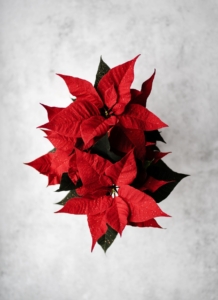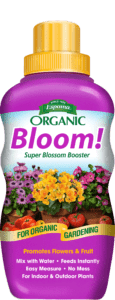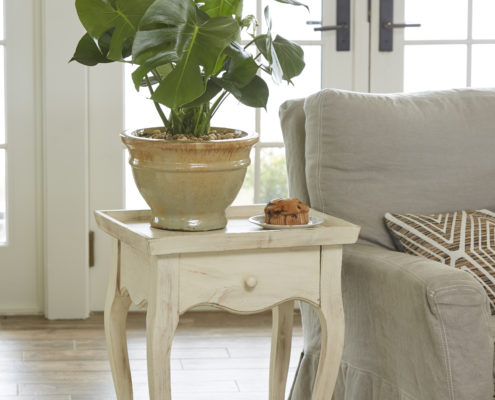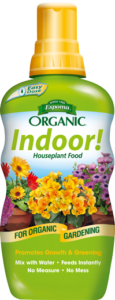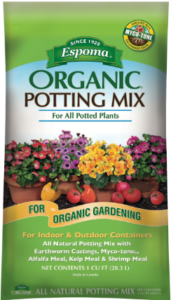4 Tips for Getting the Most Out of Your Poinsettias
‘Tis the season of poinsettias! These jolly red plants are a classic holiday gift and household decoration all across the country during the winter months. Unfortunately, for many people, the leaves quickly turn lackluster and the plant dies soon afterward. But you can avoid this outcome with proper care and maintenance! Here are 4 ways yours can thrive this holiday season, as told by Garden Answer.
1. Get a healthy start
Did you know poinsettias are actually tropical plants? These festive spurges have somehow become a staple during the colder months, but they very much still appreciate their native climate! That means you should try to avoid the ones that are placed near the entrance of your local grocery store, since the draft from outside and the dry heat from inside are already harming the plants’ health. If you find them elsewhere, be sure to check that the foliage has solid colors and is not showing any green as this could mean they’re finished flowering for the season.
2. Give them a loving home
Since poinsettias appreciate that tropical climate, be sure to place them somewhere with lots of light that’s away from cold glass. As mentioned before, keep them away from any drafts — warm or cold. Be sure to check their soil moisture regularly as heated homes often lack moisture in the air. You can water them when the top layer of soil feels dry. As a finishing touch, feel free to mist them regularly and use Espoma Bloom! to give them a boost.
3. Stay safe this holiday season
A widely believed myth is that poinsettias are incredibly toxic to pets and humans. But the truth is that you would have to ingest an exorbitant amount of it for it to actually be dangerous! You should still err on the side of caution since the white sap that’s produced when the stems break can be a skin irritant, and it’s best to set them somewhere pets and kids can’t reach as with all houseplants.
4. Start anew next year
No matter how devoted you are to your beloved poinsettias, you should still think of them as annual plants that need to be replaced each year. It can be very difficult to get them to bloom again a year later and it involves much stricter care than the tips listed above.
Check out this video from Kevin @Epic Gardening for some additional tips and tricks to get the most out of your poinsettias.
Now that you have all the necessary knowledge, go find the biggest and brightest poinsettias you can locally buy — and rest assured that they’ll last much longer than last year’s!
Featured Products

